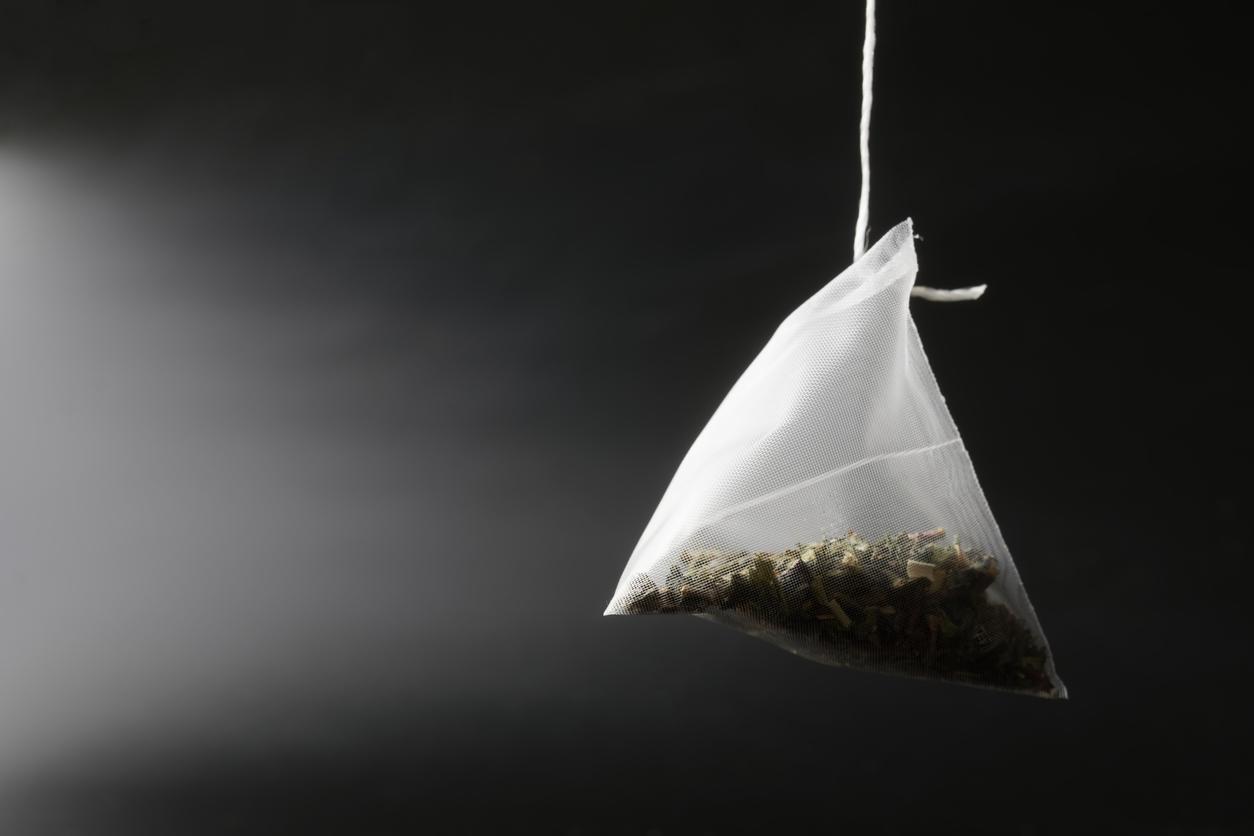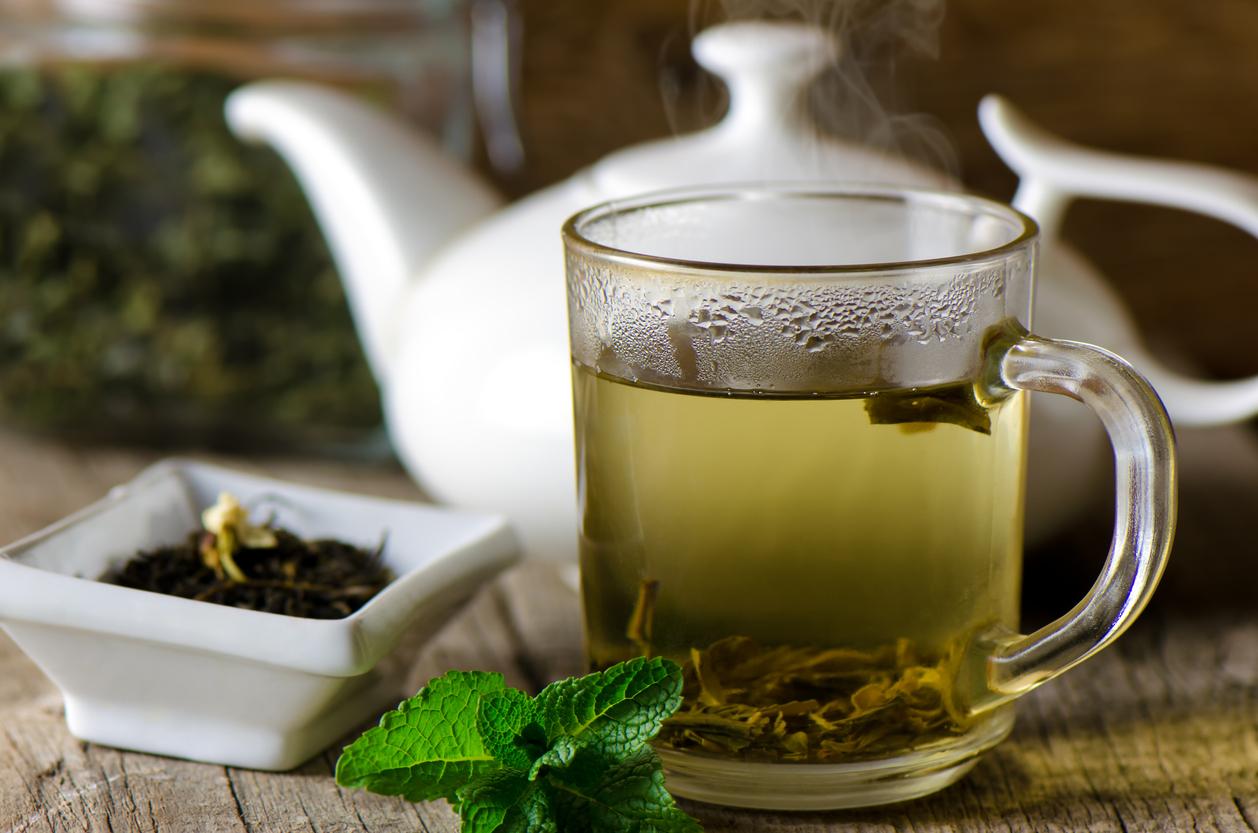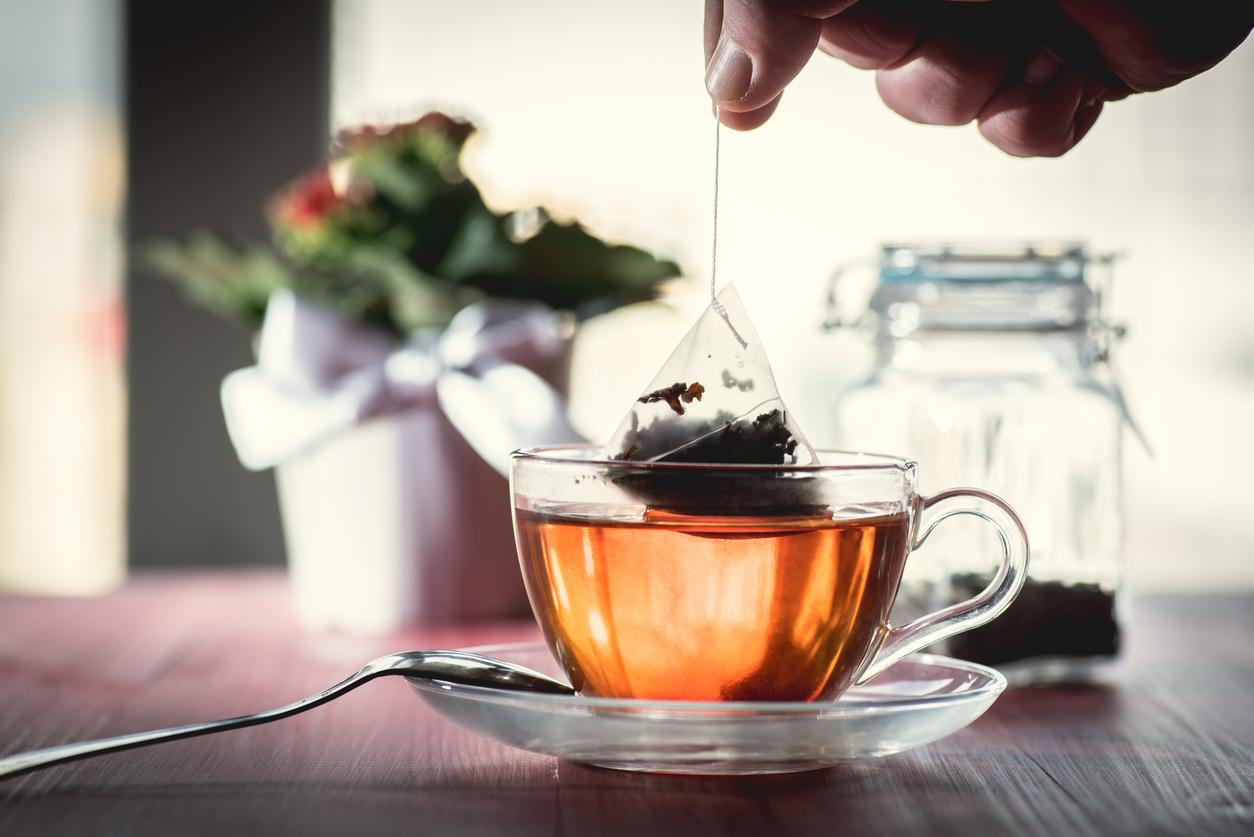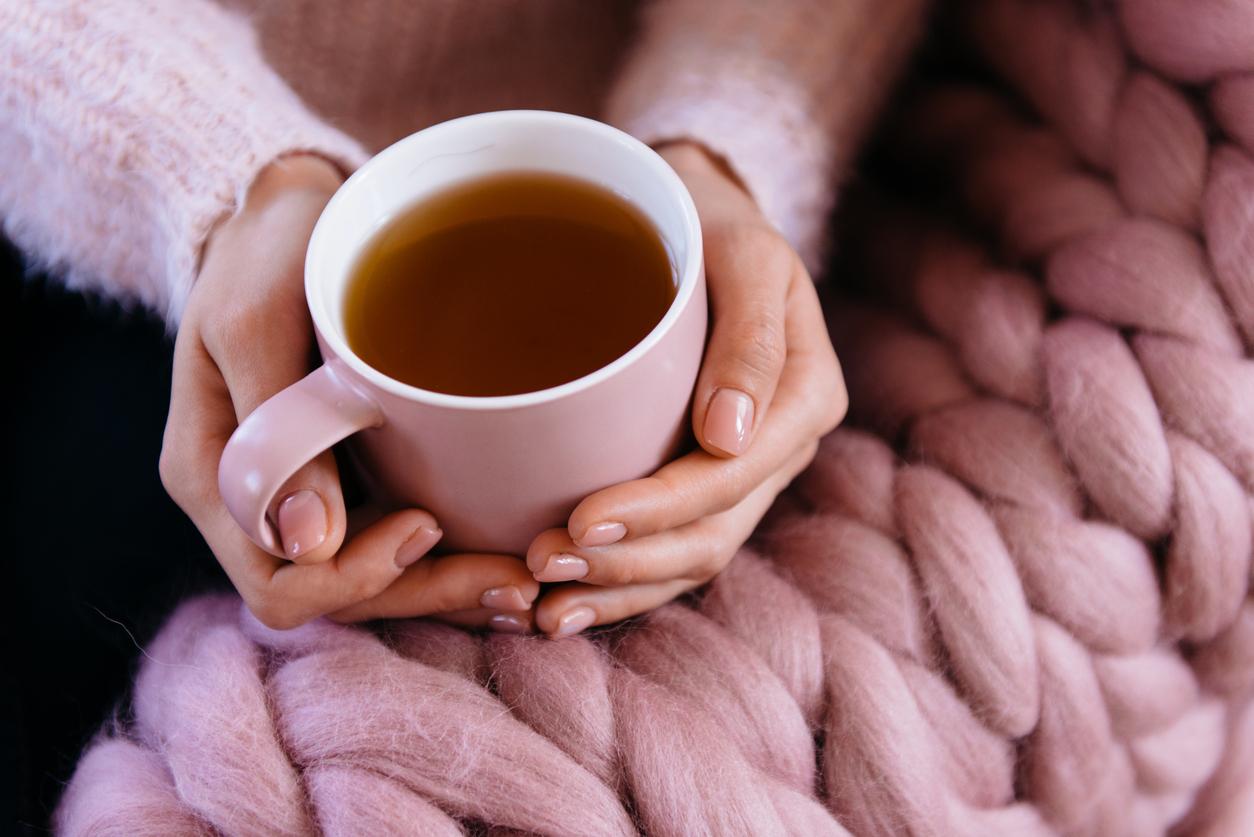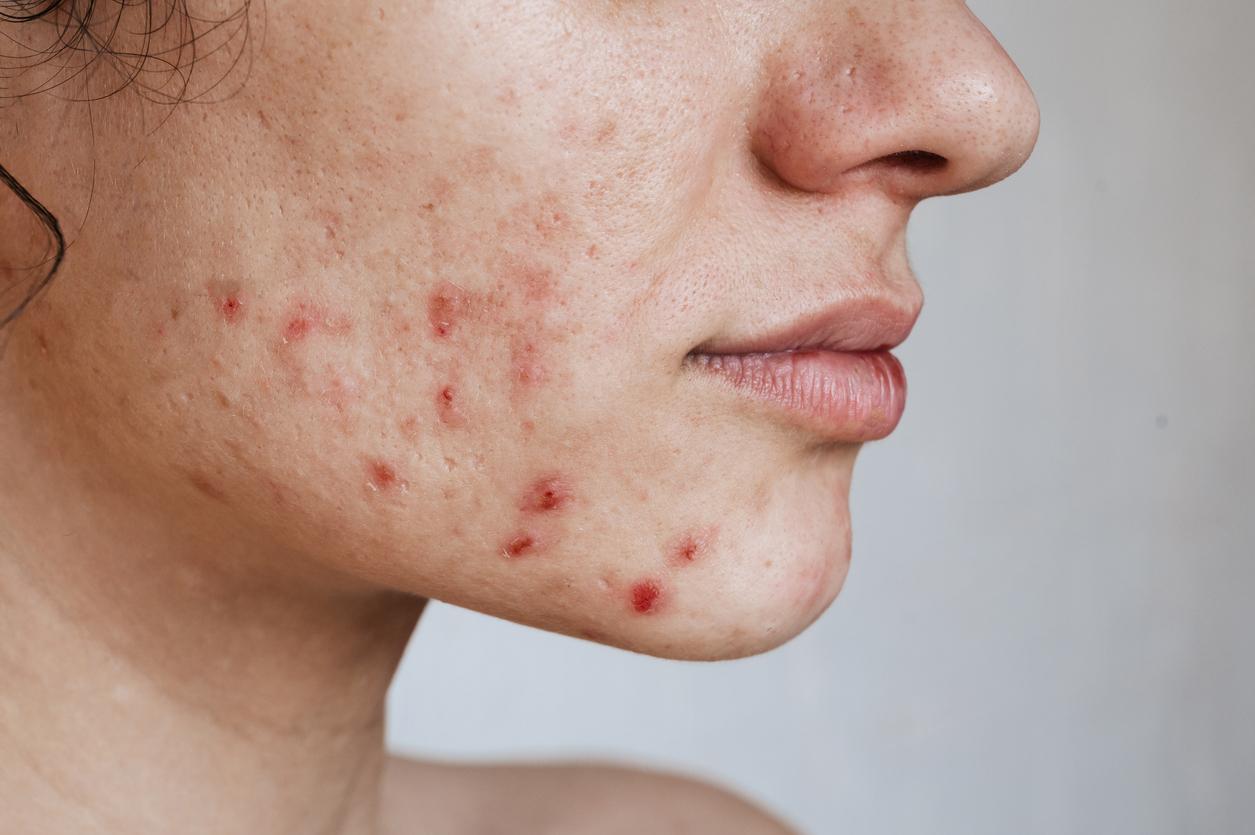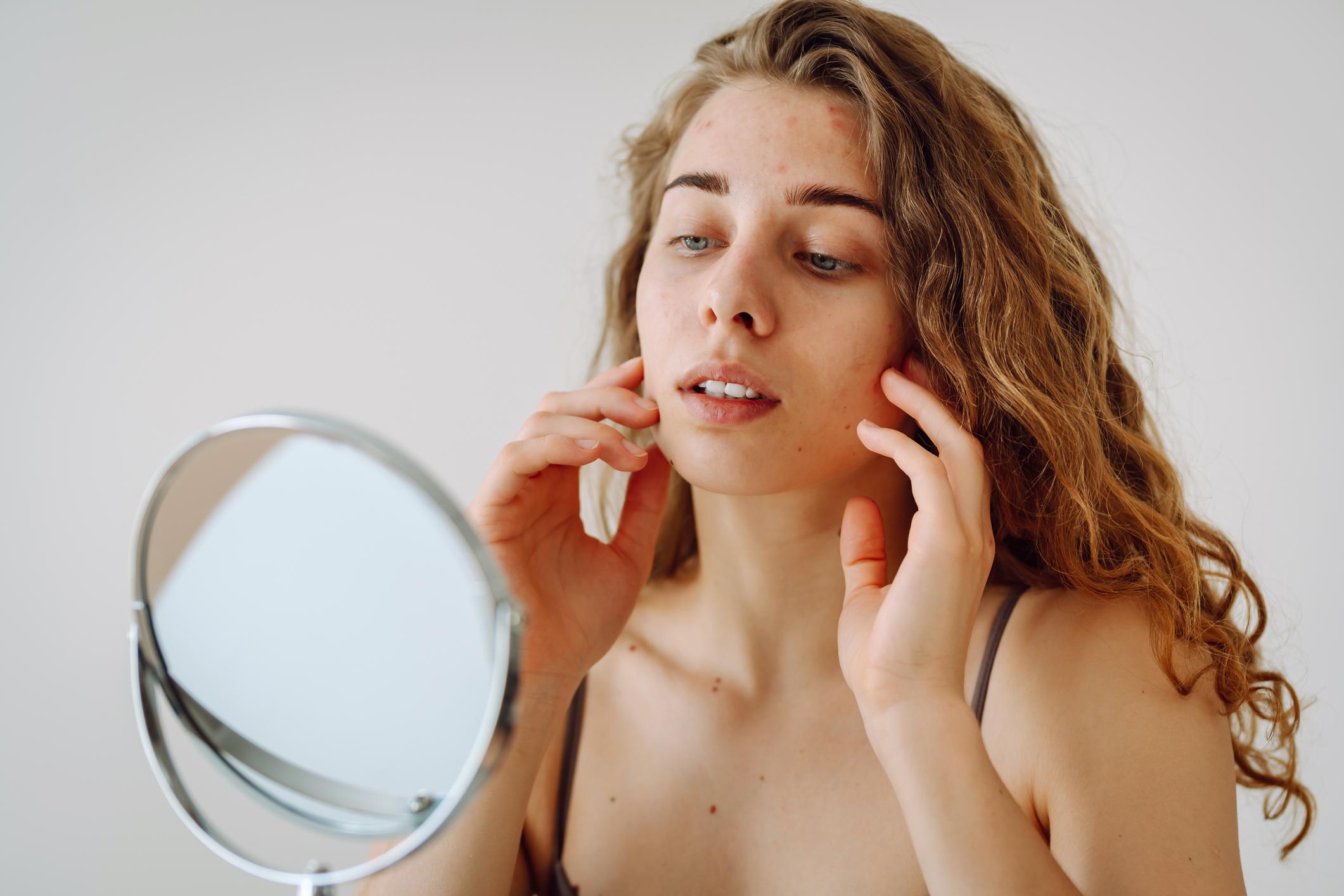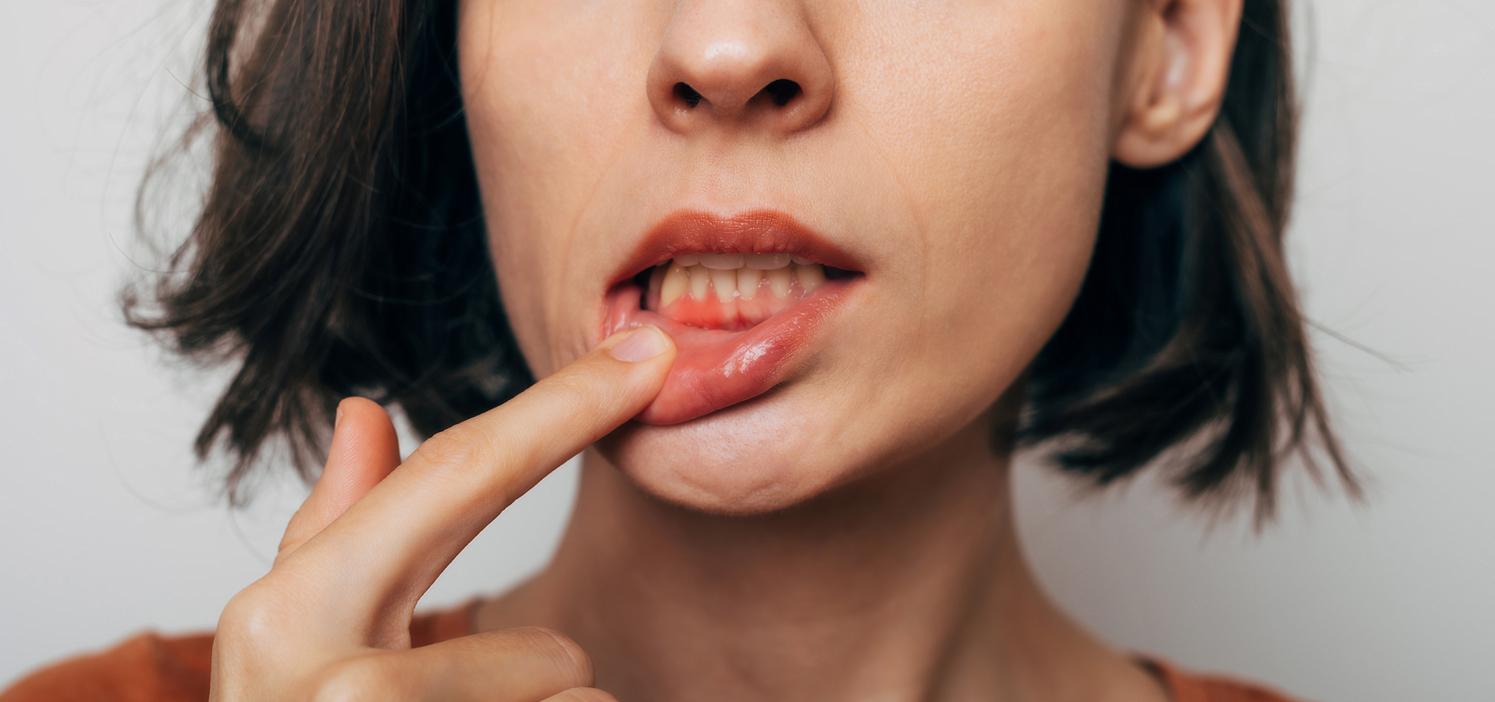March 26, 2003 – Those terrified of the approach of allergy season may want to stock up on green tea.
Laboratory experiments conducted by Japanese researchers have determined that an antioxidant found in large amounts in green tea, EGCg, blocks the biochemical process that culminates in an allergic reaction1. Green tea (which contains three times more of this antioxidant than black tea) is said to be particularly effective against allergies to pollen, dust and animal hair.
To get the maximum dose of EGCg, it is recommended that you consume freshly brewed tea, use tea leaves rather than sachets, and boil these leaves in distilled water for two or three minutes.
In addition, a cream based on green tea would have been shown to be as effective in the treatment of acne as the most common drug.
For example, a cream containing 3% green tea extracts obtained comparable results to a cream containing 4% benzoyl peroxide, the drug most commonly prescribed for moderate or severe acne. Green tea cream is also said to have caused fewer side effects, such as dry, itchy skin.
These results are taken from a 12-week study of 108 patients divided into two groups. Neither the patients nor the dermatologists knew which cream had been assigned to them.
Jean-Benoit Legault – PasseportSanté.net
From Journal of Agricultural and Food Chemistry, September 2002, and UPI, March 24, 2003.
1. Fujimura Y, Tachibana H, Maeda-Yamamoto M, Miyase T, Sano M, Yamada K. Antiallergic tea catechin, (-) – epigallocatechin-3-O- (3-O-methyl) -gallate, suppresses FcepsilonRI expression in human basophilic KU812 cells.J Agric Food Chem 2002 Sep 25; 50 (20): 5729-34. [Consulté le 26 mars 2003].







